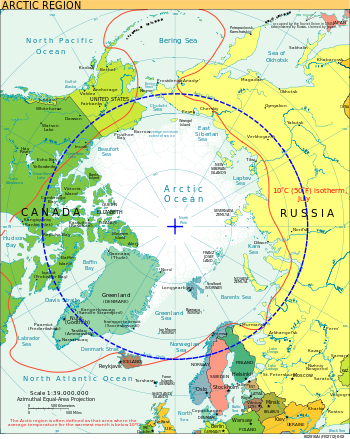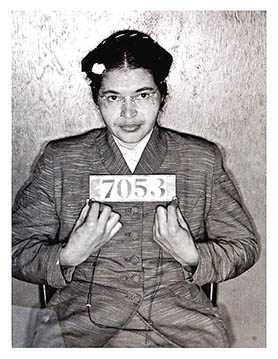London makes it very clear that they have chosen a 1.5 dCi EuroV diesel engine with a 6-speed manual as their new taxi standard. Tokyo and NYC are said to be getting the same Nissan NV200 taxi in a new 10 year contract.
Although it is a fairly large size van that can carry five adult passengers and significant load, it is expected to average 53.3 mpg. Clean air is a major marketing point in London’s campaign.
The New York site, however, doesn’t say anything about the engine. Will the NV200 in the Big Apple also get cutting-edge diesel technology? Strangely, there is no mention of a mpg number in any of the U.S. press.
Even worse, the “Taxitistics graphic” for NYC makes no mention of air quality or engine efficiency at all!
Note the black cloud imagery. Thus I suspect the vehicles in different cities will actually be very different. Unlike the high-tech London taxis, NYC passengers should expect to be dragged around by a dated and anemic gas engine that takes more pit-stops because it gets no better than 25 mpg. If it is the same 2.0L 4-cylinder gas engine as in Nissan’s Sentra, then the match-up would look like this:
| City | London | NYC |
| Engine | 1.5L diesel EuroV | 2.0L gas PZEV |
| Torque | 216 | 142 |
| mpg | 53.3 | 25 |
More power, more efficiency…Londoners will get to their destination at less cost and more quickly and cleanly, because they chose a diesel fleet. For reference, the torque of Nissan’s new diesel is comparable to a Dodge Power Wagon.
A quick calculation:
13,237 taxis traveling 70,000 miles a year is 926,590,000 total miles per year.
At 25 mpg that would be 37,063,600 gallons.
At 53.3 mpg that would be 17,384,428 gallons (19,679,172 gallons saved)
At $4/gallon (current price of both gasoline and diesel in NYC is $3.9/gal) the savings from diesel engines in NYC would be $78,716,688 a year ($0.30 per passenger trip).
In other words, all else being equal, it will cost NYC $6,000/year more per taxi to run gasoline instead of diesel.
In just five years the NYC taxi will spend $30,000 more to operate than a London taxi, yet depreciate in value faster.
Likewise, waiting until electric engines are available (estimated in 2017 for NYC) would waste 78,716,688 gallons of gasoline at a loss of $314,866,752 ($0.40 per passenger trip).
That’s before calculating the emission harm differences. Again, NYC has said nothing about clean air. Taxis with diesel engines also are able to drive further without stopping to refuel, saving significant time and making them more available.




